The Advent of Dutch in India
- Since the middle of the 16th century, the Dutch had also been making sustained attempts to find out a route to India and the East.
- In 1565, Dutch had opened up by trade with Russia and began to explore, through the land, eastwards towards china.
- The Dutch company was started in 1592 by a group of Amsterdam merchants.
- In 1593, under the famous William Barents, they made their first determined efforts to reach Asia by the northeast passage.
- The first Dutch expedition which successfully reached the East Indies was that of Cornelius Houtman in 1596 and returned with large cargo in 1597.
- The Indian Archipelago was opened to the Dutch.
- In 1602, all the Dutch companies were amalgamated into the Dutch East India Company.
- A charter was also given. It gave a monopoly of eastern trade to the company which was also empowered to wage war, make treatises, occupy territories and build fortresses.
- The main object of the Dutch Company was trade. The Dutch concentrated their attention on the Spice Islands in the Far East.
- The Dutch conquered Malacca from the Portuguese in 1641.
- In 1658, they acquired Ceylon.
- The Dutch settlements in India, except the fort of Geldria at Pulicat, were all unfortified trading posts.
- The spices of the archipelago were exchanged for cotton goods from Gujarat and the Coromandel Coast.
- Admiral Van der Haghen opened up trade with the Coromandel Coast and planned to set up a permanent factory at Masulipatam early in 1605.
- Another factory was founded at Pettapoli (Nizampatam) but the oppressions of the local governors were heavy and there was little relief even after a mission to the Sultan of Golcunda secured farmans fixing the duty levied at 4%.
- In 1610, upon negotiating with the king of Chandragiri, the Dutch were permitted to found another factory at Pulicat.
- Textiles, woven according to special patterns sent from Bantam and Batavia, constituted the chief export of the Coromandel ports.
- Indigo was exported from Masulipatam. Rice, Diamond and slaves for Batavia were also exported.
- Porto Novo was started in 1680 was a prosperous centre of cotton-weaving.
- Aurangzeb’s conquest of Golcunda marked the decline of the Coromandel government.
- The Dutch failed in their main aim of securing a monopoly of pepper trade based on contracts with the local chiefs and secured at low prices.
- In the 17th century, Dutch broke down the Portuguese monopoly by the open and persistent use of force, capturing their ships.
- The Dutch dislodged the Portuguese from India’s maritime trade.
- The Dutch instead of the spices greatly promoted the export of textiles.
- The number of cotton goods sold in Amsterdam alone by the Dutch Company during 1684-89 came to 1.12 million pieces.
- Other commodities exported by the Dutch were Indigo, Saltpetre and Bengal raw silk.
- The credit for making Indian textiles the premier export from India goes to the Dutch.
- The Dutch conceded to the British after their defeat in the Battle of Sedera in 1759.
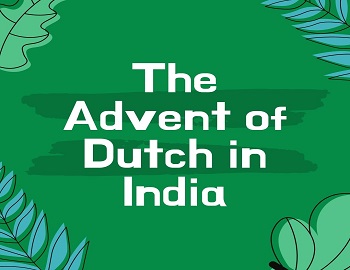

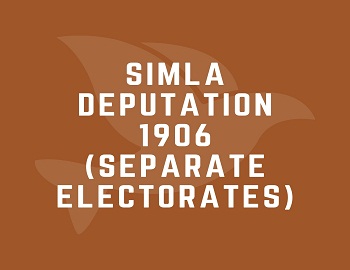

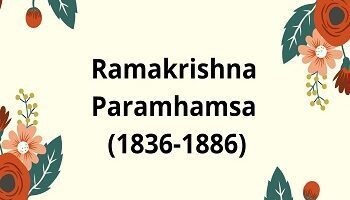


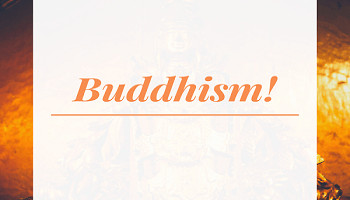
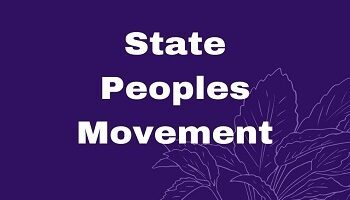
Comments (No)